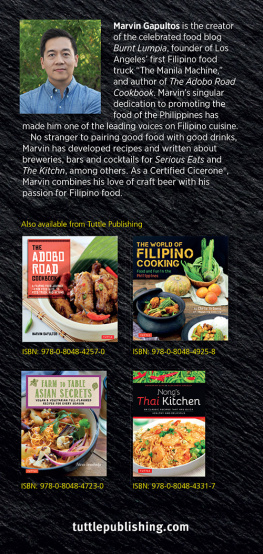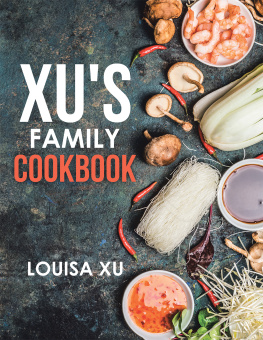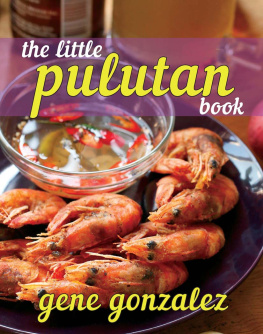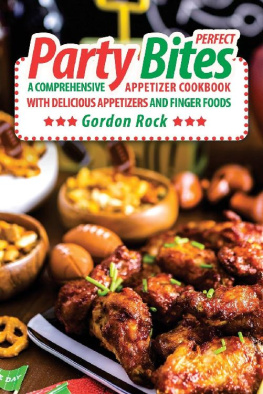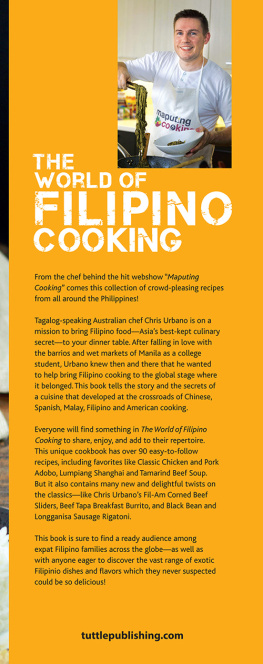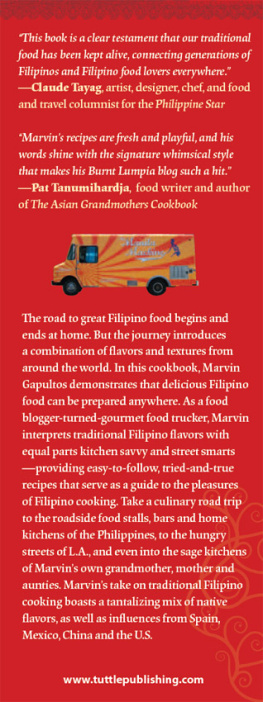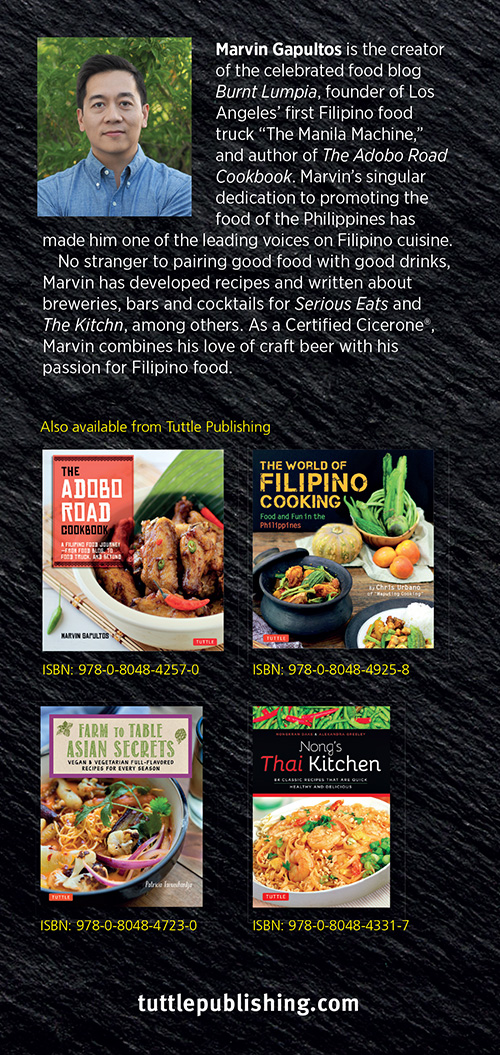
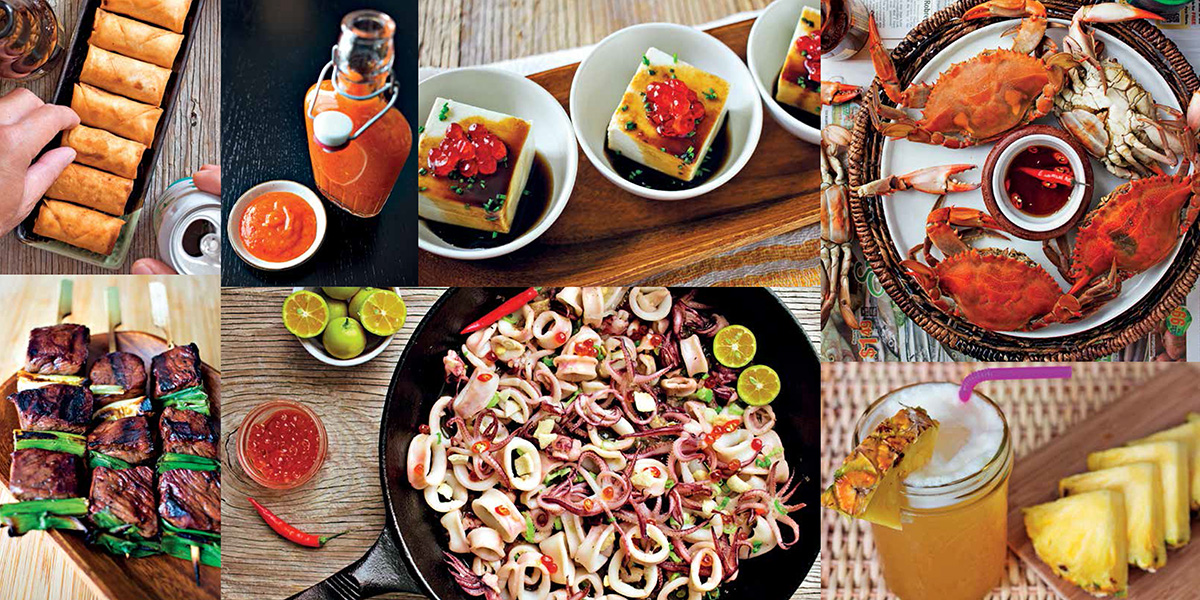
For my Dad:
You, all right! I learned it by watching you!
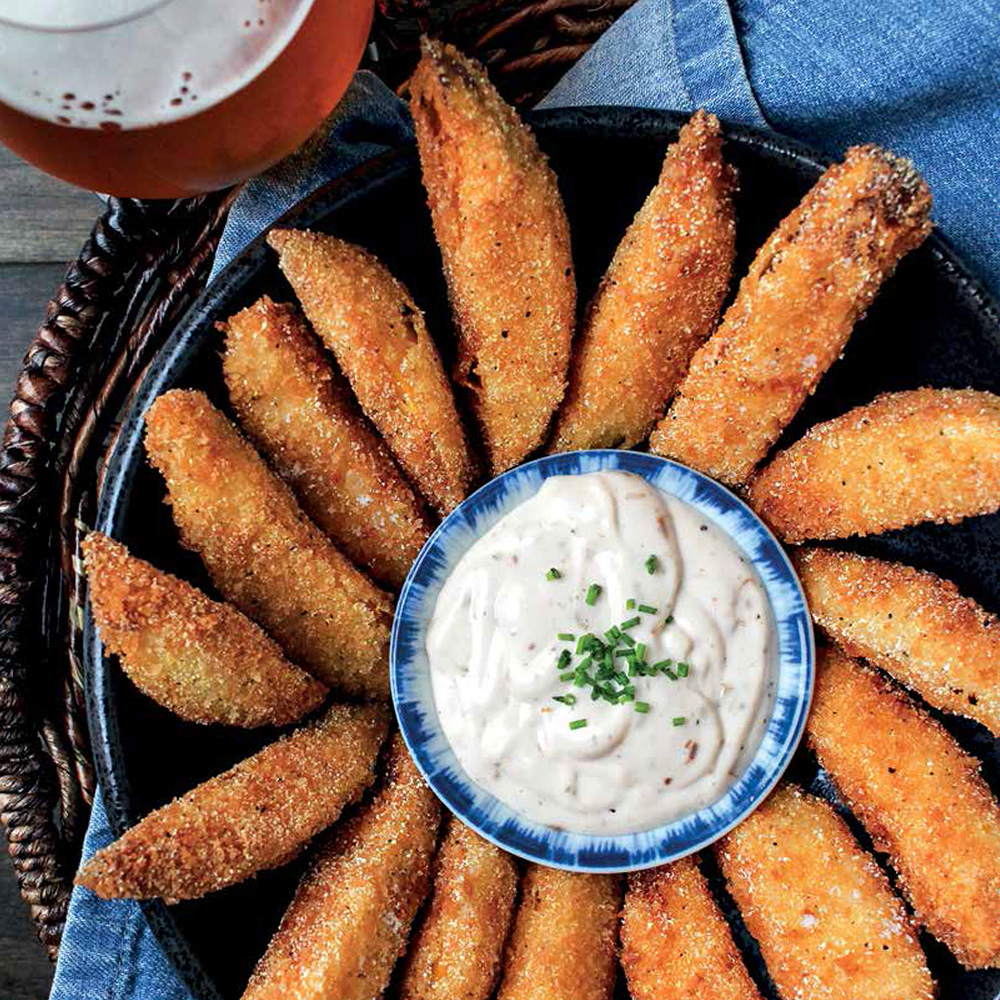
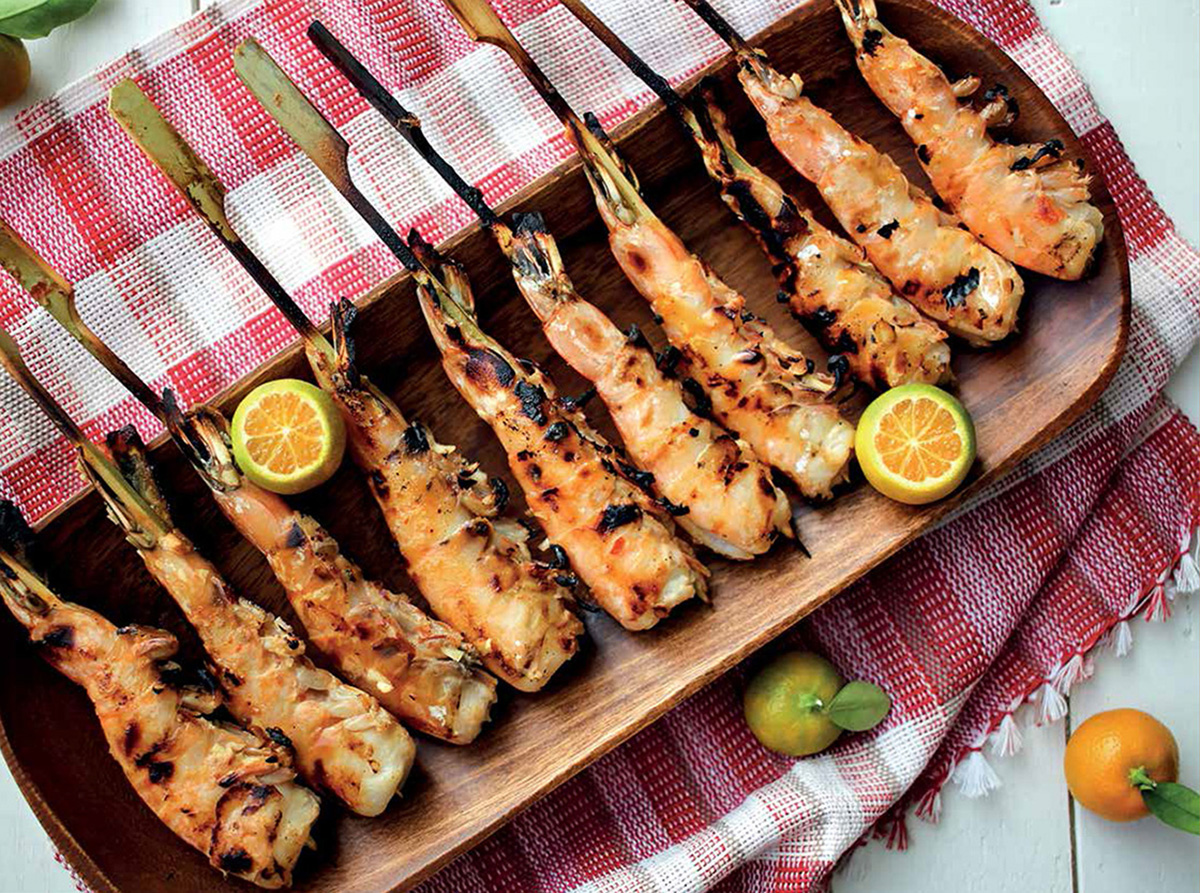
P U L U T A N !
Filipino Bar Bites, Appetizers and Street Eats
MARVIN GAPULTOS
Photographs by the author

WHAT IS PULUTAN?

Derived from the Filipino word pulot, meaning to pick up with the fingers, pulutan (pronounced poo-loo-tawn) generally refers to the finger foods, appetizers, bar snacks and street foods that are best enjoyed alongside an alcoholic drink.
Historically speaking, the earliest known reference to pulutan was recorded in 1613 in the very first dictionary of the Tagalog language, Vocabulario de la Lengua Tagala. Within this dictionary, written by the Spanish, the entry for polotan was defined as a type of snack which one eats while drinking wine. Considering that royal Filipino datus (chiefs) enjoyed the likes of turtle eggs and salted pork with their alcohol, and that indigenous Filipino wines like pangasi and tapuy (made from rice), tuba (made from palm sap), lambanog (made from coconut sap) and basi (made from sugarcane) existed long before colonial times, I think its safe to say that the Spanish were not witnessing anything new with Filipinos.
Today, the spirit (no pun intended) of pulutan remains the same as in precolonial times, but with modern beer and liquor taking their place alongside traditional indigenous wines. Filipino writer Edilberto Eddy Alegre wrote the following about pulutan in the Philippines:
The choice of drink at most local drinking places is rather limited: beer, gin, rum, whiskey, tuba, lambanog, basi. But the choice of pulutan is limitless: legumes, vegetables, birds, pork, beef, chicken, venison, dog meat, goat, eggs, frogs, iguana, crocodile, fish, squid, octopus, shellfish. Cross that with the various ways of cooking them, and one can only marvel at how democratic and adventurous Filipino taste buds are.
Democratic and adventurous, indeed.
With a rich culinary history of worldly influences from the likes of the aforementioned Spain, along with China, the US, and more, modern pulutan can range from tapas and pintxos to spring rolls and dumplings, and even barbecue and hot wings. Add to that the astonishing number of indigenous Filipino creations, including everything from battered quail eggs to pigs ears and tofu to caramelized banana skewers, and we have a very extensive and uniquely Filipino menu of food to be enjoyed with our favorite alcoholic beverages.
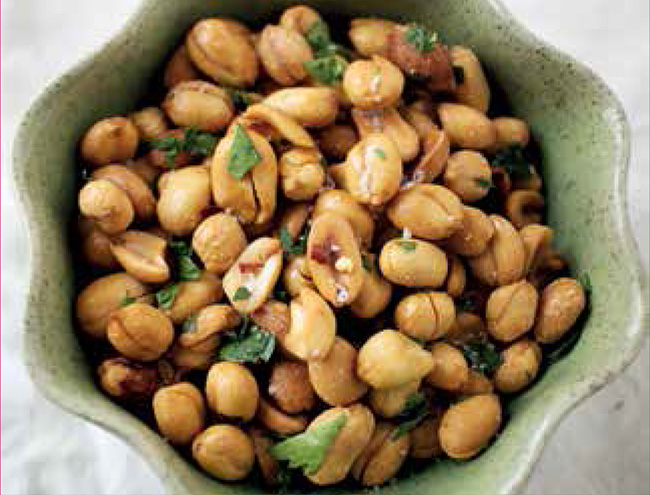
PULUTAN FOR THE PEOPLE
As per the tradition in the Philippines, pulutan is never eaten in solitude, but always shared among a group of hungry and thirsty family and friends. Beyond food and drink, pulutan constitutes a practice in camaraderie and social bonding.
Whats more, that social bonding isnt tied to any specific time. In the West, going out for drinks usually means meeting your friends at a bar after work. Not so in the Philippines. Whether its fishermen returning from the sea in the wee hours of the morning, farmers retiring in the early afternoon, business people clocking out in the early evening, or university students out on the town late at night, drinking after hours in the Philippines doesnt always translate to post-5 p.m. activities. And since pulutan can be served everywhere from restaurants, to bars, roadside food stalls, or in the home, they arent tied to any single place either. In the Philippines, Happy Hour can happen at any hour, anywhere just as long as you have a group of people to share in that happiness.
Much like the food and drink found in German biergartens, Japanese izakaya, and English pubs, Filipino pulutan is more than simple snacks served with beer; its a way of life, a way of sharing experiences with friends and family over great food and great beverages.
BEER IS IN MY BLOOD
As an imbiber, my tastes have always leaned towards beer. And I mean always. In fact, I have very vivid childhood memories of sitting on my fathers lap at many a family gathering (or maybe it was just one, who knows?) and him tilting his beer can to my lips so I could get the tiniest toddler taste of his Budweiser. Dont be alarmedit was always just a small sip. And I turned out fine. What can I say? It was the 80s.
If theres one thing my Dad did, it was to instill in me a great appreciation for beer, Budweiser and all. In fact, today Im a bona fide Certified Cicerone. Whats a Cicerone, you ask? Well, in very general terms, the Cicerone Certification Program is very similar to the wine worlds Court of Master Sommeliers in that there are four levels of expertise: Certified Beer Server (general knowledge of beer service and styles), Certified Cicerone (professional beer expertise and tasting skills), Advanced Cicerone (true beer bad asses), and Master Cicerone (untouchable beer G.O.A.T.s with grizzled beards and widened bellies).
I wont bore you with the details of becoming a Certified Cicerone; suffice it to say that I underwent hundreds of hours studying beer styles, history, flavors, evaluation, ingredients and the brewing process, as well as the intricacies of pairing beer with food. Not to mention having to taste hundreds of different beers (tough gig, I know). And Im still learning always learning just as I am with Filipino food.
So with my experience in cooking and writing about Filipino food and flavors, combined with my growing knowledge of beer tasting and pairing, Im able to give very specific suggestions for which beers I think go best with which recipes in this cookbook. Its not exactly a super power, but at the very least its a great parlor trick.

PICKING UP WHERE WE LEFT OFF &
Theres a small pulutan chapter toward the end of my first book, The Adobo Road Cookbook, where I provided a handful of cocktail and pulutan recipes. I always wished there were more.
It was while writing that chapter and developing those recipes that I became completely obsessed with Filipino pulutan. After all, craft beer and craft cocktails were always a passion of mine as a food writer, and I even had a bit of wine experience from working for a short time at one of the first Filipino-owned wineries in the US. Pulutan was right in my wheelhouse: Filipino food + alcoholic beverages = Im all in! So with that winning equation, I knew that I wanted to expand beyond the pulutan chapter in my first cookbook. And here we are now.
ABOUT THE RECIPES IN THIS COOKBOOK
This is my personal take on pulutan based on how I like to cook, what I like to eat and what I like to serve guests visiting my home. At a time where Filipino food is being elevated, deconstructed, resurrected, praised and enjoyed by a wider and wider audience, it was important for me to not only showcase tried-and-true pulutan standards, but to also move forward by creating dishes anew, combining different techniques, but
Next page
